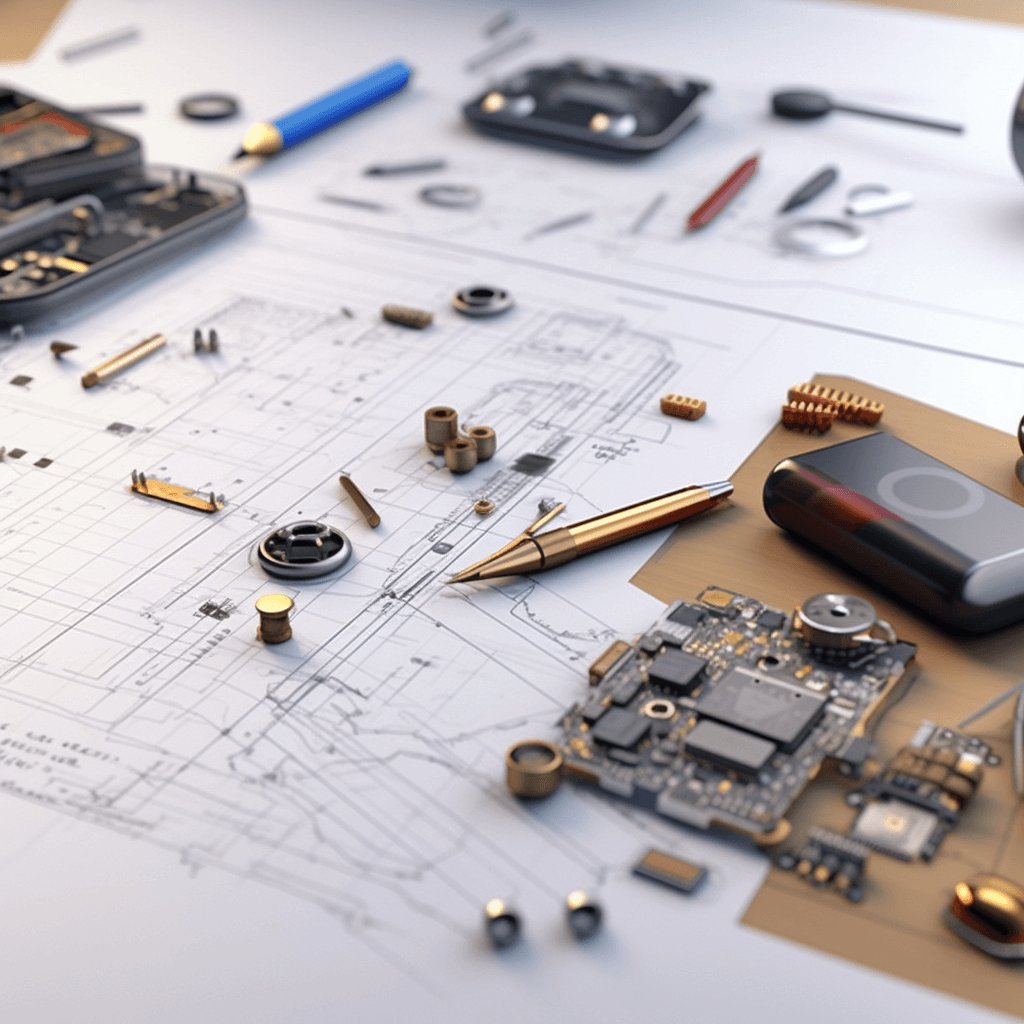

It is every entrepreneur's dream to create a product that succeeds in the market and gains recognition from users. Although it may seem difficult, there are ways to prepare such a product relatively cheaply and easily. To this end, it is worth noting the MVP method.
Start-ups and experienced businessmen alike dream of launching a new invention that will revolutionise the market. The former often undertake activities focused on finding investors by founding a start-up and raising funds from them to operate it, but they expose themselves to a very high chance of failure. The latter benefit from their know-how and years of experience. In both cases, however, the belief in the attractiveness and uniqueness of the idea can lead to skipping the research, testing and real proof-of-concept phase.
When starting to consider the creation of the ideal product, it is essential to carry out a thorough analysis of the viability of the venture, forecasting demand, diagnosing needs, defining the problem, and developing a strategy and developing this solution.
In this context, MVP (Minimum Viable Product) and design thinking play a key role. The MVP is, in other words, the simplest version of a product that allows for the testing of its “core” and, at the same time, the key functionalities (often in a form that is far from perfect) that are potentially most important to the customer. Already at the inception stage, it provides a kind of value proposition through which the company can make its first money. The main objective here, however, is to collect data on audience needs in order to further test the product under market conditions. The key word here is “value”. The vague word “viable| means that the product actually solves the user's problem. And if, after testing, it turns out not to be profitable enough, it all starts again. This is why the word “minimal” is so important: the less we invest at the beginning, the easier it will be to throw away a failed product and build a new one.
Here is a checklist for developing a good MVP:
Design Thinking, on the other hand, is responsible for the design process and focuses on a deep understanding of user needs and problems. Design Thinking methods are based on three main assumptions. The first is a focus on the user and an in-depth understanding of their conscious and unconscious needs. The second is what is known as Creative Collaboration, i.e. looking at a problem from multiple perspectives looking for new solutions and avoiding the use of already established patterns. A third, and equally important, premise is experimentation and hypothesis testing, where prototypes are built and tested, and then feedback is gathered from their users. Importantly, the testing process should take place in a real-world environment. The aim of this approach is to design solutions that will be desirable to users, technologically feasible and economically viable. Failure at the prototyping stage should lead to the implementation of design improvements.
As you can see, the MVP model and Design Thinking are, so to speak, interconnected vessels and do not have a rigid framework.
To sum up this thread, it is important to remember that the application of design thinking brings a lot of value to MVP development, i.e.:
With this Design Thinking, you are likely to create something bigger than the MVP in question, which is only a starting point.
This article may be of interest to you: Market research - a guide to effective information gathering and analysis
If your company lacks experience in using such methods, but you have a great idea for a product, it may be a good idea to entrust the creation of a prototype to an external R&D department (Research&Development).
The advantages of such a solution include:
Using the external R&D department to develop a product based on MVP and Design Thinking methods can bring many benefits and speed up the process of creating an innovative product. By working with the external R&D team, valuable design guidance, technical support and access to the latest technology can be provided, which can significantly improve the quality and functionality of a product and increase its chances of success in the market.
In summary, you can approach the issue of new product development based on the MVP method and Design Thinking in three ways:
you can handle the implementation of your project yourself, using your own resources and the knowledge you have gained so far.
The second option is to hand over the execution of your invention to an external implementer with the relevant know-how.
A third option, on the other hand, is to combine the competences of the two teams, where each will deal with what they know best.
The most important thing is that at the end of the day your idea succeeds and, if possible, changes lives for the simpler and better.
Want to create a new product but don't have the resources to do so? Fill in the form and make an appointment for a free consultation. We will provide you with technological support at every stage of the project - from expertise to the start of series production.

Protection of inventions | 12.06.2023
When your company's ideas are used without permission, you risk financial loss and loss of...

Designing innovations | 12.06.2023
Market research is an essential part of any company’s success, regardless of industry or size...

Designing innovations | 24.05.2023
Key Elements of New Equipment Design Designing a new device is a process consisting of...